
Do you have a question about the Magellan FX324 MAP and is the answer not in the manual?
| Waterproof | Yes |
|---|---|
| Preloaded Maps | Yes |
| Basemap | Yes |
| Waypoints | 500 |
| Connectivity | USB |
| Display Size | 2.2 inches |
| Display Type | color |
Visual guide to the front and back panels, identifying components like screen, keypad, and ports.
Step-by-step instructions for turning the GPS device on and off using the PWR button.
Detailed explanation of each button's function and its specific use in different device modes.
Explanation of the device's screen interface, navigation flow, and how to select actions or options.
Guide to selecting the preferred language for the device's user interface.
Procedure for setting the device's local time, considering time zone differences.
How to configure units for distance, elevation, depth, and cross track error for navigation data.
Options for selecting and displaying position using various coordinate systems (e.g., Lat/Lon, UTM).
Method for selecting the appropriate map datum to ensure positional accuracy with paper charts.
Instructions on how to reset device settings back to their original factory defaults.
Displays primary positional data including coordinates, speed, and course over ground.
Offers access to tabs for Ephemeris, Tide, Current, and HDR data.
Shows speed, course, odometers, and cross track error (XTE).
Displays maximum speed, chronometer, countdown, and trip time.
Access to settings for units, alarms, reference north, and speed filters.
Displays navigation data in compass, 3D road, radar, or data modes.
Shows distance and bearing between two selected waypoints for navigation.
Manages waypoints: list, create, modify, delete, and check memory.
Manages routes and tracks: list, create, invert, activate, modify, delete.
Displays vessel track, course, and chart information in a primary view.
Feature to automatically center the chart display on a selected waypoint.
Controls for adjusting the map scale, including manual and automatic zoom.
Allows interactive chart manipulation for creating waypoints and viewing information.
An alternative plotter view offering chart and configurable data windows.
Selects screen orientation: North up, Course up, or Direct Line up.
Controls visibility of N/S/E/W indicators on the plotter screen.
Option to show or hide the current zoom scale on the plotter.
Controls visibility of the direct line to the destination waypoint.
Option to show or hide the line indicating the vessel's current path.
Selects whether to display active waypoint only or all waypoints.
Controls the display format of waypoint names (none, first letter, full).
Enables an indicator for potentially reduced chart definition at extreme zoom levels.
Access to settings for chart display modes, depth contours, and other chart features.
Allows selection of display color palettes for the FX324 MAP Color model.
Configuration for MOB-only or combined Mark/MOB button functionality.
How to initiate the Mark function by pressing the Mark/MOB button.
Records current position as an *ANCHOR waypoint with an active anchor alarm.
Records current position as a new waypoint (MARK####) with optional comments.
Activates the Man Overboard function, marking the position with an *MOB waypoint.
How to activate the MOB function using the Mark/MOB button.
Step-by-step instructions for inserting and securing an SD card into the device.
Procedures for transferring data between the FX324 MAP and an SD card.
How to configure and activate the navigation simulator to simulate vessel movement.
Configuration and conditions for using the device as a repeater with NMEA input.
Connecting and configuring the DF300 MLR for differential GPS input.
Procedures for integrating other types of DGPS receivers with the FX324 MAP.
Methods for mounting the device, including using the bracket or bulkhead installation.
Details on wiring for power, data outputs, and digital inputs for PC or other devices.
Recommendations for optimal placement and installation of an external GPS antenna.
Definitions of technical terms and navigation concepts relevant to the device's operation.
Lists the primary features and functionalities of the GPS device.
Details regarding the SD card slot for charts, data transfer, and configuration.
Covers physical, electrical, and performance specifications of the device.
Outlines the manufacturer's warranty period and coverage for hardware and software defects.
Specifies the exclusive remedy available to the purchaser for defective products.
Details the purchaser's responsibilities when seeking warranty service or repairs.
Disclaims implicit warranties and limitations on their duration as per legal provisions.
Lists specific conditions and damages that are not covered by the product warranty.
Excludes liability for indirect, incidental, or consequential damages resulting from product use.
Declares the written warranty as the final and exclusive agreement between parties.
Specifies the governing law and jurisdiction applicable to the limited warranty.
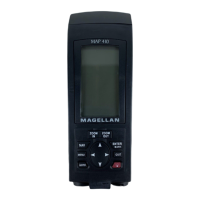
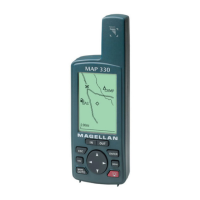
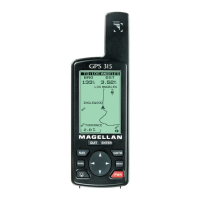
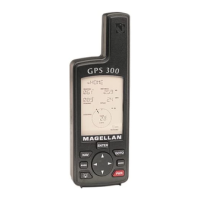
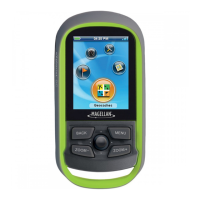
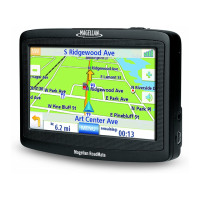
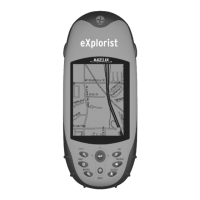
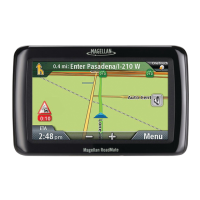
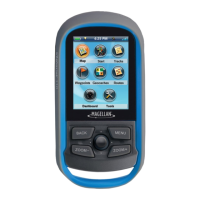

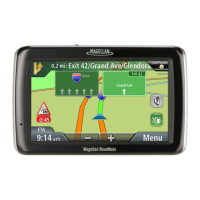

